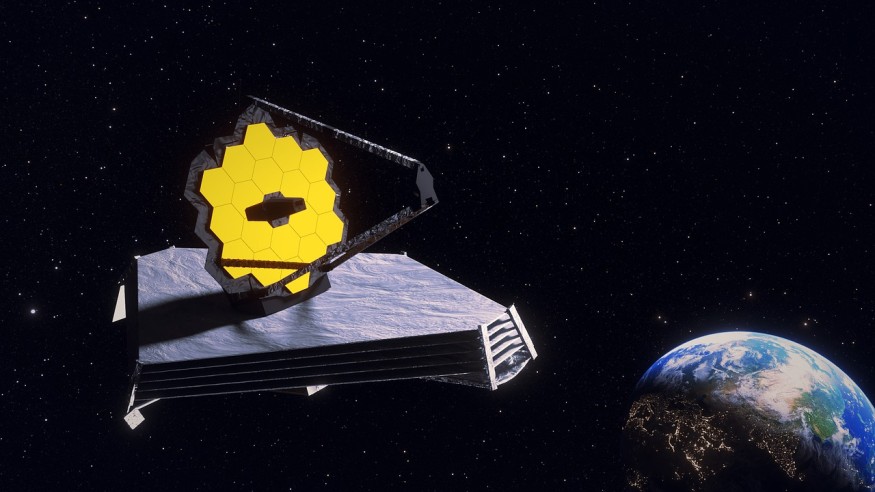On Christmas Day last year, NASA finally sent the James Webb Space Telescope into space to begin its mission on observing the cosmic neighborhood. The tennis court-sized space telescope was launched from the European Space Agency (ESA) facility in French Guiana and successfully arrived at its destination on January 24, 2022.
JWST is set to conduct observations in cosmic objects and find planets that could resemble Earth or those which could harbor life. These planets could be found orbiting distant stars or even within the Solar System itself.

JWST Looking For 'Super Earth' Exoplanets and Hot Rocky Planets
Now that JWST has reached its destination in space, Space.com reported that it would spend the next six months focusing on various planets found in Earth's neighboring area. In particular, it will observe 11 'Super Earths,' which are exoplanets between the sizes of Earth and Neptune, which is not found in the Solar System.
NASA Ames Research Center scientist Natasha Batalha said in a statement that past observations showed that the most common exoplanets found are between the size of the inner rocky worlds and outer gas planets. Given this, scientists conclude that the diversity of exoplanets within the galaxy far exceeds the diversity of planets within the Solar System.
On the other hand, scientists know very little about these planets since there are no planets like them near Earth that they could study. They have no idea how those planets were formed and whether they are habitable or not.
Batalha and colleagues now turn to the powerful vision of JWST to search for Super Earths and hot rocky planets in hopes of gaining new insights about them.
Other Projects of JWST This Year
Aside from looking for Super Earths, researchers at Ames are also planning two other investigations set for early-stage studies, MailOnline reported. Ames researcher Thomas Greene leads the first one and they will study nine planets that are cooler and less massive than other well-studied exoplanets. It will focus on the chemical composition of the planets to look for an abundance of heavier elements.
Meanwhile, the second study will focus on the two planets in the TRAPPIST-1 system and three rocky exoplanets. These planets are roughly the same size as Earth and orbits a small, cool dwarf star.
If these studies could find carbon dioxide, it could suggest that a planet could have formed and evolved the way rocky planets in the Solar System. More so, the JWST will work to determine whether a planet has an atmosphere and what it could possibly be made of.
The two projects will help scientists determine how many exoplanets are habitable and whether they have atmospheres since they are unsure whether planets orbiting close to their stars have a substantial atmosphere because the stellar energy might have blown it away.
Check out more news and information on James Webb Space Telescope in Science Times.










